Solar energy
Our future truly depends on us continuing to develop and implement renewable energy systems. In Canada, Ontario is at the forefront of that movement by offering strong financial incentives for homeowners to produce their own energy.
Some of the other provinces seem to be lagging behind, offering artificially low rates and no net metering buy-back plan, rendering home renewable energy production essentially a noble, yet unprofitable undertaking for homeowners.
Regardless of financial returns though, any home renewable energy system is clean energy and will reduce the demand on our energy infrastructure, and consequently emissions.
Passive solar heating
Passive solar heating is the concept of using home design and orientation to collect heat directly from the sun. No panels, no wires, no tubes, that’s why it’s called ‘passive’.
By having 60% of your windows facing south and building your house within 15 degrees of the east/west axis, you can reduce your heating needs by as much as 25% or more.
A successful passive solar home also involves positioning materials with high solar absorption (stone, brick, ceramic) in the direct path of the sun’s rays; and darker colours absorb more heat than lighter colours.
High quality windows (triple pane, argon, low E) allow for heat gain, while reducing nighttime heat loss.
It is important to have proper shading with a passive solar home. Omitting that detail can mean what you save on heating will simply be put into cooling in the summer. This can be accomplished with roof overhangs, awnings, interior reflective blinds or deciduous trees that offer summer shade, but lose their leaves and allow winter exposure.
Windows should be designed and positioned for maximum exposure to the sun December 21, and fully shaded June 21.
- Pros: This should be the first thought for any home design. It offers reduced heating costs and improved quality of life. A long Canadian winter seems shorter with a bright sunny home.
- Cons: Poorly designed, these homes are prone to overheating. Moreover, this system is difficult to adopt in existing houses.
- Lifespan and cost: No extra costs, and it will continue to provide heat as long as your home stands.
Solar thermal heating and solar water heaters
This refers to using solar panels to absorb heat in a liquid (mix of glycol and water) and redistribute it throughout the house, through radiators or radiant floor heat. A system can work to heat your home, as well as pre-heating your domestic hot water.
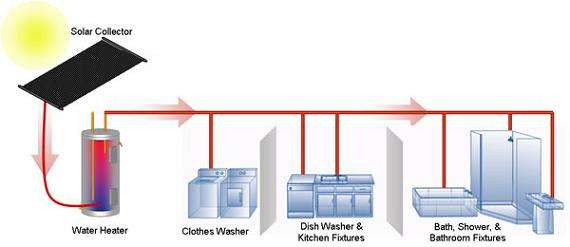
It can easily provide 60% or more of your heating and hot water in the winter and almost all your hot water needs in the summer. With a well-built passive solar home, it’s possible to provide all your heating needs.
- Pros: Undeniably green, very low maintenance. Can be combined to heat your home as well as pre-heating your domestic hot water.
- Cons: Systems are expensive ($7,000 and up) and have a pretty long payback time of 10 to 15 years but should still offers a final net savings. You will still need to have a conventional water heater, and likely another heating system.
- Cost and lifespan: The $7,000 and up price tag would be for installed panels and basement reservoir. You will still need to factor in your heat distribution system, be that radiators or radiant floor. Estimates of lifespan vary, but most manufacturers say you can expect to get 20 to 25 years from the system.
Photovoltaic (PV) solar panels
Without getting overly technical, Photovoltaic solar panels essentially convert the sun’s rays into electricity. Systems can be large enough to provide your entire home power needs, and be either stored in batteries or fed back into the power grid.
When you hear the words ‘net metering’, that refers to you feeding your surplus power back into the grid, and taking it out when you need it. What you provide compared to what you consume is calculated and you receive an adjusted bill, or even sweeter, a cheque.
Your highest solar gain comes during the midday sun, a time when most of us aren’t home. And your greatest consumption comes generally in evenings when there is little sun. Net metering removes the need for battery systems in order to benefit from the power you generate.
Ideally, your annual consumption will be met by your panels or even surpass it, so look into provincial programs for buy back plans. In Ontario if you have a south facing roof you are guaranteed to save or make money. Ontario buys power back for more than the market cost per kilowatt hour of installation.
New innovations in nanotechnology look quite promising, which will make panels significantly smaller, thinner, more efficient, and less expensive.
Pros:
-
Clean energy means a cleaner environment.
-
Depending on where you are, you can actually make money by installing solar panels.
-
Greater market share means costs continue to come down at the same time as technological advances make it more efficient.
-
PV solar panels work on cloudy days as well, but less effectively.
-
Government incentives are sometimes available, but that seems prone to change with little notice. Investigate that before you make any decisions.
Cons:
-
PV panels cost more than solar thermal panels, grants and incentives can provide some relief.
-
A pretty sizable roof area is needed, photovoltaic panels can be quite large.
-
Roof lines and home orientation don’t always lend themselves to easy installation, but they can be installed off your home on posts. Tracking systems are available as well, but that’s going to cost you.
Cost and lifespan: Most manufacturers offer in the area of a 20-25 year warranty, but you will likely see longer life than that. Cost depends largely on your area and government incentives. Figure on a good $20,000 at least, but with tax incentives you might see that come down significantly.
PV roof shingles:
Solar roof shingles are a relatively uncommon photovoltaic panel system, and are much smaller and thinner than conventional PV panels. They are not as efficient as their larger counterparts, and with present designs, power generation capabilities tend to start dropping off after 10 years of so.
Being made with a thinner film of solar cells, solar shingles tend to be less effective in bright sunlight, and actually more effective on overcast days and at dusk and dawn.
Costs for purchase and installation are still quite high for the power they provide, so they aren’t a fierce competitor of conventional photovoltaic panels.
To make this option a little more cost effective, installation isn’t too complicated, just time consuming so you can do a lot of it yourself and save some money.
A hole must be drilled under each panel and a wire fed through, then you get up in your attic to connect all the wires for what could seem an eternity depending on the season.
It may not be a strong force on the market yet, but conceptually it has enormous potential. In the near future as nanotechnology improves efficiency, the idea of marrying roofing and solar power generation makes a lot of sense.
There is a product emerging that is supposed to offer the same power generation as conventional PV panels, and attach directly to the roof trusses, eliminating the need for sheathing and roofing materials.
By replacing sheeting and roof coverings, this potentially offers a net savings on roofing with new home construction before you even plug them in. If the legends are true, this could leave both solar shingles and existing panels in their wake. Stay tuned, more on that later.
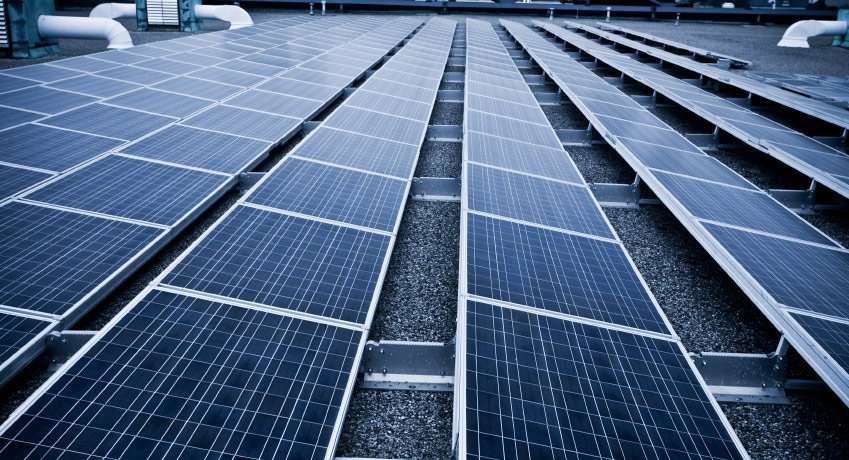














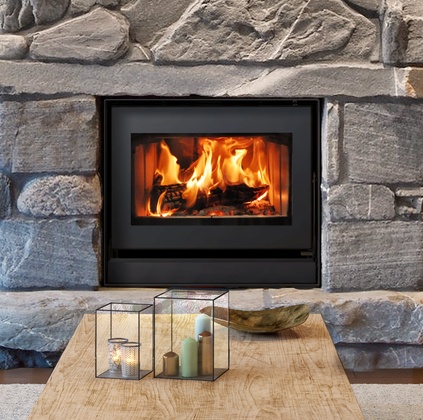

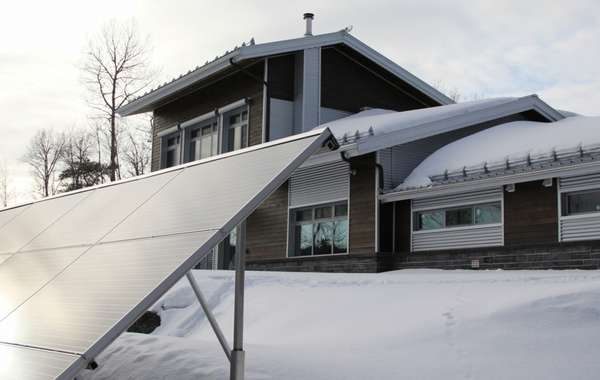
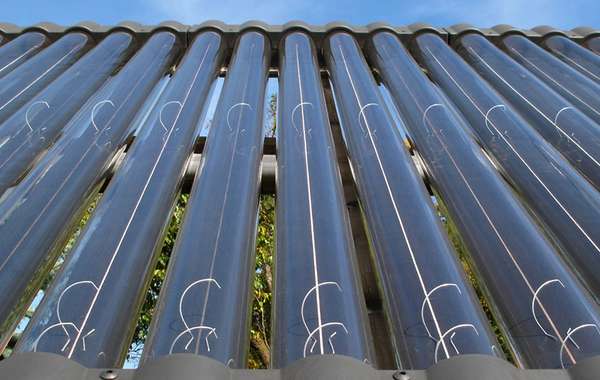
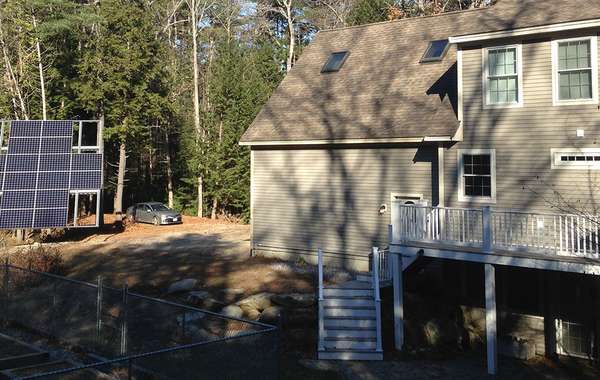
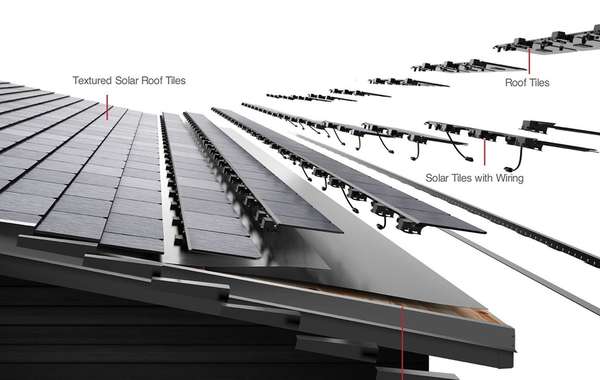
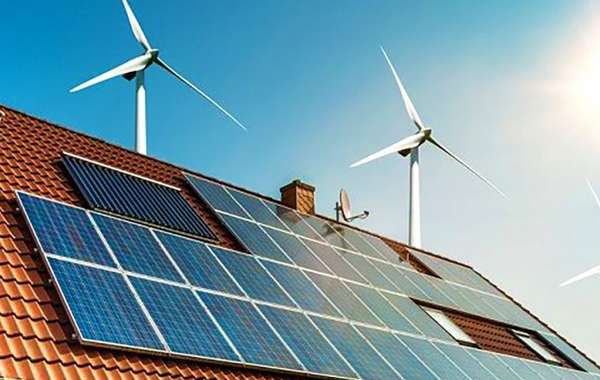
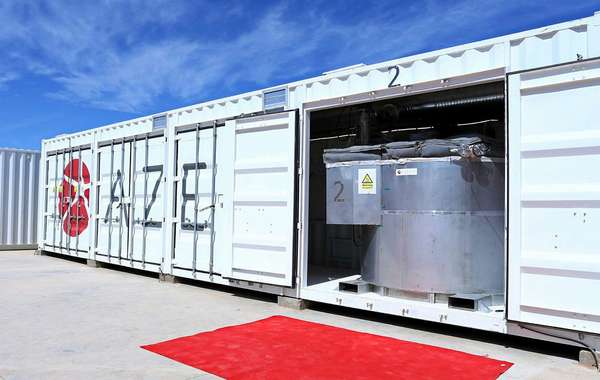
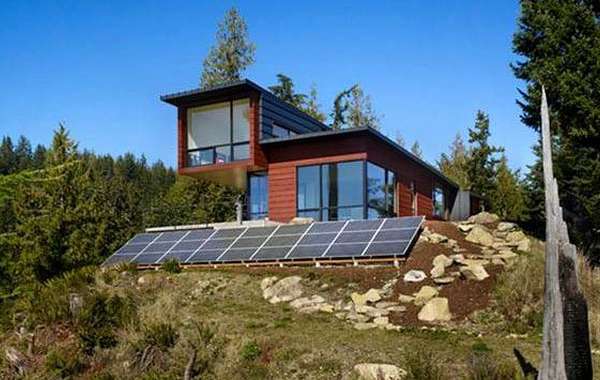
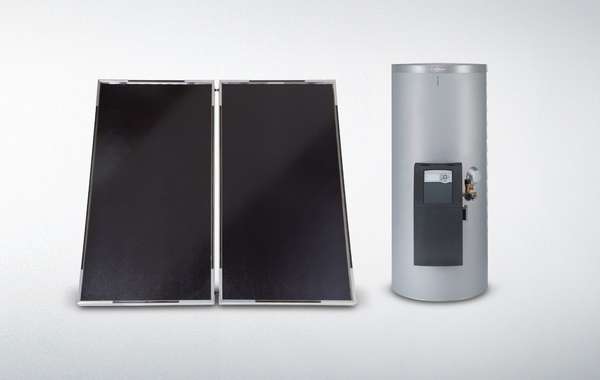
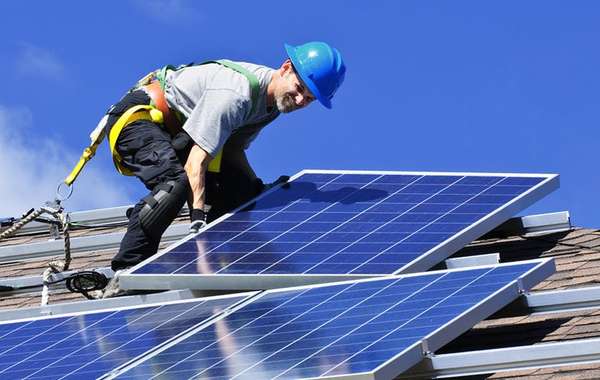

I have looked into this issue as well, and finidng data does take some serious searching. Part of the problem is that it is very hard to fully calculate the energy inputs required to create a system, let alone to correctly average these costs across the many types of PV systems available. In speaking to solar installation experts, what I understand is that today's solar panels are lasting a tremendously long time. As with hybrid car batteries, there is a set period of years covered by warranty and a period of years that the cells are expected to still gather a large (90% or so) amount of their stated power. But, the reality is that installers are seeing the systems work at 95% efficiency multiple decades after installation. This makes the calculation even harder (we don't know when the system will actually stop saving energy), but has helped me to believe that the PV systems will save a significant amount of energy over their usable lifetime. This will only improve over time as the new systems we keep reading about come to market.In searching for answers I found some research I have linked to this answer. Basically- Australian study concludes a system lasts 30 years, takes the first 8-11 to pay back the energy (60% of which is from the wafer manufacture). However, they note that systems may last 40-50 years! They further project that a system created in 2010 will likely require only 2 years to pay back, due to the increasingly efficient technology.- June 2006 article on a study that averages several studies to conclude a payback time of 4 years.- National Renewable Energy Laboratory study concluded a 4 year pay back.The above articles also make it clear that there is a very favorable net pollution reduction as well. PV seems to be a great way to go!I don't want to stray off topic too much, but you may also wish to look into solar water heaters, which are often simpler (likely lower energy input) and generate the same energy reduction for a home (but at a lower $ cost).
It's quite encouraging to see how rapidly the industry is changing, and that the payback time is getting shorter. What looks really promising at this point is the marrying of nanotechnology and PV panels, which has yet to happen on a commercial level, but from what I've read we really aren't that far away. It looks like they will be much more efficient, lightweight, and affordable to anything on the market right now.
There is one company I spoke with that has a solar collection roofing product going into production in the next year that they say for new home construction will actually be on par or cheaper than conventional roofing products, by attaching directly to the trusses and removing the need for sheathing. I'm hoping to have an article going about it soon.
for the moment, here's a link on nanotechnology that might interest you.
http://lightbucket.wordpress.com/2008/03/06/the-nanotech-revolution-in-solar-power/
Also on the solar water heaters, we do have a bit, but at this point its really only a brief overview to tell people its out there, rather than technical details on how to do it. Hopefully more on that soon!
http://www.ecohome.net/guide/domestic-hot-water
good to know
I would like to no if the government will pay for solar panel in quebec,I am building a new log home and would like to no this Thanks
I would like to no if the government will pay for solar in quebec I am building a new log home and would like to no Thanks